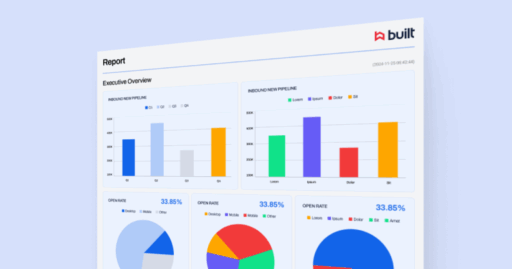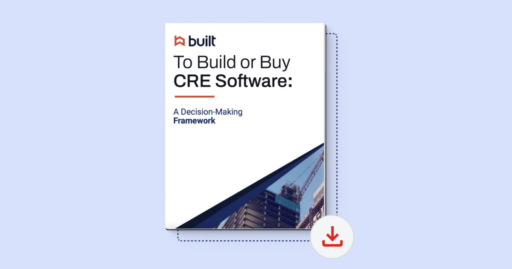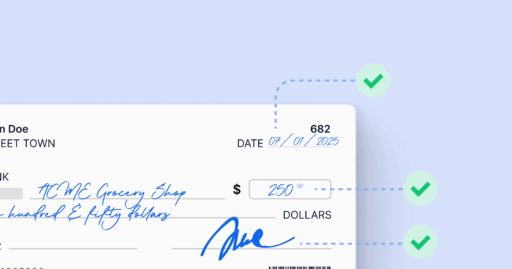Built Answers: Integrating Construction Lending Software with Your Systems

As a technology company, we love to create software solutions to solve everyday problems. It’s in our DNA and arguably the reason many of us come to work every day. That means we’re always hard at work building features to make life easier for our clients and partners.
One of the biggest areas of focus for the Built team this past year — and will continue to be going forward — centers around integrations. We want Built to be the platform that connects with every other system in construction lending so we can provide superior service to our clients. (In fact, we’re hard at work developing a new enhancement that will dramatically improve our platform’s ability to integrate with many systems, so stay tuned.)
It’s not a surprise, then, that many of the lenders I talk to on a daily basis have questions about integrating between systems. They recognize the need to move more of their processes online and are supremely interested in software’s ability to improve their teams’ workflows.
So, this Built Answers is all about integration. Not the nuts and bolts specifically; our development team can better speak to that. Rather, it’s about how to make best use of integrations so that your team can use technology to perform at their best.
Question: When does it make sense to integrate our technology with a construction loan management platform? What are the benefits of waiting compared to integrating immediately upon implementation?
First, I’m glad that I don’t have to sell you on the impact of construction loan software on your business and the ways it will help you manage your portfolio more efficiently, safely and profitably. From here, we can get into the nitty-gritty of making whatever solution you choose work best for you.
My answer to this question might seem counterintuitive at first, but bear with me because there is a method behind it.
At Built, we recommend that all onboarding clients wait a period of time before integrating any data between our platform and their system.
The reason? For most teams, it makes sense to take that time to gain a deep understanding of the data that would be most beneficial to integrate, where it fits into their current processes, and how they can best use it to gain efficiencies in their business.
Onboarding to a new software system marks a change to the workflow for many of our clients, which also happens to be a great opportunity to step back and take a look at big-picture workflow patterns.
By taking advantage of this opportunity, our clients answer some questions that impact their businesses beyond file management and draw request timelines. We’re able to help them uncover answers to questions like:
- What exactly do your processes and systems look like today? Are they followed the same way by everyone or are there differences?
- How long does each step take? Where are the biggest snags or bottlenecks, and why?
- How does your current technology stack — loan origination software, core system, draw management system — interact between systems? How capable are they of communicating and how much do you take advantage of it?
- Where and how is data shared between systems?
- Where are your team members inputting the same data multiple times on the same project? What is the error rate of those inputs and how are they affecting your portfolio performance and profitability?
With answers to these questions, clients are better able to determine what data integration will best serve their needs. This allows them to focus on making the most efficient path, reducing time spent at each step, and reducing errors.
Even better, by waiting to integrate after implementation, they’re able to schedule time with their IT department to help avoid any potential roadblocks.
Long story short, when you begin evaluating whether it makes sense to integrate your internal systems to a draw management solution, put that system in place and evaluate how you can utilize integration points to create further efficiency.
Remember that this should be a partnership with your new provider and one that should take a long-term view for success. There are many different types of integration with regard to how data can flow between systems and the frequency at which it is transmitted. Focus more on the benefit that an integration will provide, the redundancy it eliminates, and the way data can be used to create a true credit risk management network.
Until next time!
{{cta(’76c3f20f-8d9e-4ea4-96b8-37037470e16c’)}}






